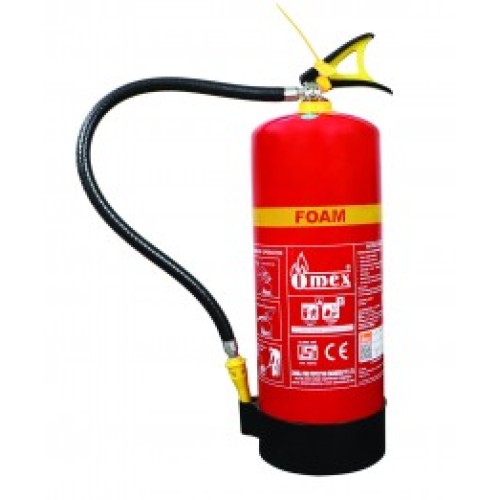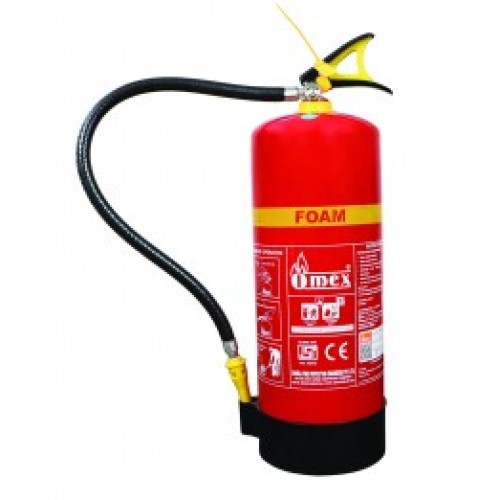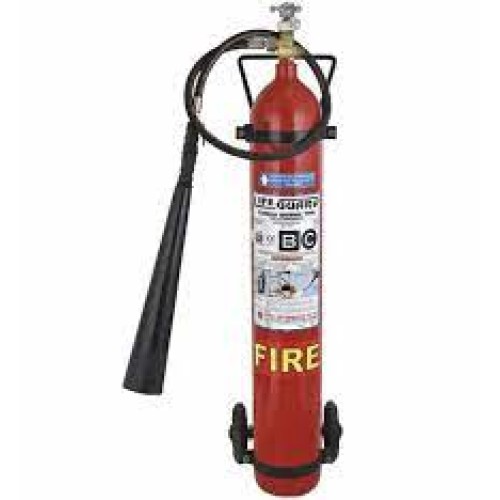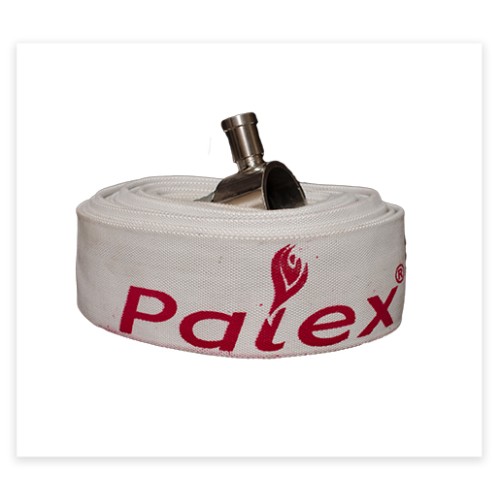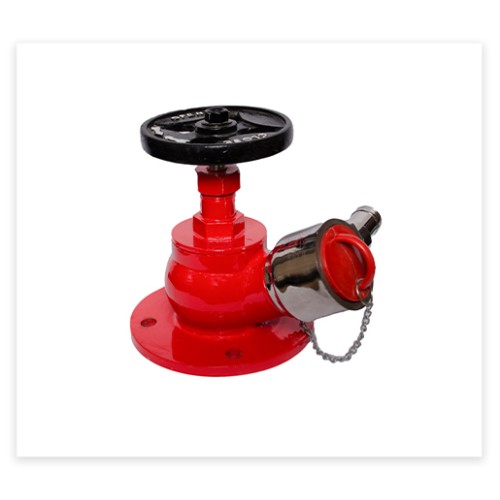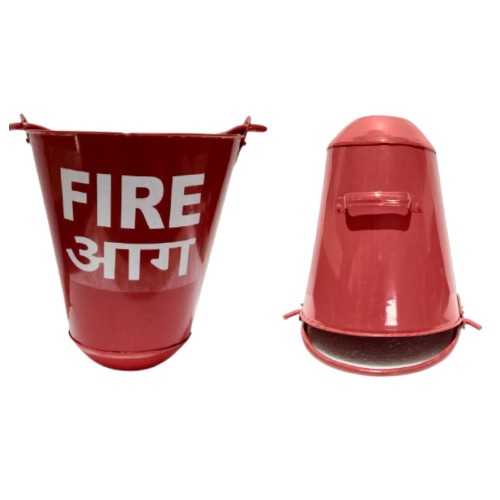The Omex 9L Water CO2 Fire Extinguisher is a specialized fire extinguisher that combines the power of water and carbon dioxide (CO2) to effectively tackle Class A (solid combustibles) and Class B (flammable liquid) fires, with some models even being suitable for Class C (electrical) fires in specific environments. With its 9-liter water capacity, this extinguisher offers more extensive firefighting capabilities, making it ideal for larger spaces and moderate fire risks. Key Features: 9L Capacity: The 9-liter capacity indicates the amount of water and CO2 mixture that is stored in the extinguisher. This larger capacity ensures more extended firefighting power, enabling it to tackle bigger fires or cover larger areas effectively. The 9L model offers increased discharge time, which makes it more suitable for commercial or industrial spaces where more extensive fire coverage is needed. Water and CO2 Mixture: The Water CO2 technology combines water, which is effective for Class A fires (combustibles like wood, paper, fabric), with carbon dioxide (CO2) to deal with Class B fires (flammable liquids such as oils, paints, and solvents). The CO2 component enhances the suppression process, smothering flames and cooling the fire while preventing re-ignition. The addition of CO2 also helps control fires in environments where flammable liquids are present, offering an extra level of fire suppression compared to water alone. Class A and B Fire Protection: Class A Fires: Fires involving solid combustibles like wood, paper, plastics, and textiles. Water is highly effective on these types of fires as it cools the burning material and extinguishes the flames. Class B Fires: Fires caused by flammable liquids like oils, paints, and chemicals. The CO2 in the extinguisher helps to suppress these fires more effectively than water alone by displacing oxygen and reducing the chance of re-ignition. Some models may be suitable for Class C electrical fires, but this depends on the specific design and manufacturer guidelines. Always check whether the extinguisher is labeled as safe for electrical use. Easy-to-Use Design: Like most fire extinguishers, the Omex 9L Water CO2 Fire Extinguisher uses the standard P.A.S.S. method (Pull, Aim, Squeeze, Sweep). This ensures that anyone can operate the extinguisher, even without prior training. The discharge nozzle is designed for easy aiming, helping to direct the water and CO2 mixture to the base of the fire effectively. Durable Cylinder Construction: The 9L Water CO2 Fire Extinguisher is typically made from steel or aluminum, ensuring the cylinder is strong and durable enough to withstand the pressure of the water and CO2 mixture. This construction is also lightweight, allowing for ease of transportation and quick access during an emergency. Certified and Safe: The extinguisher is CE certified and typically adheres to EN3 standards, which are internationally recognized safety and performance standards for fire extinguishers. The certification ensures the extinguisher meets the required safety, effectiveness, and reliability standards. Discharge Time and Range: The Omex 9L Water CO2 Fire Extinguisher offers a longer discharge time compared to smaller models, ensuring it provides a sufficient supply of water and CO2 to fight a fire effectively. The discharge range is designed to reach a wide area, making it ideal for larger spaces such as commercial buildings or industrial environments.
Send Message
